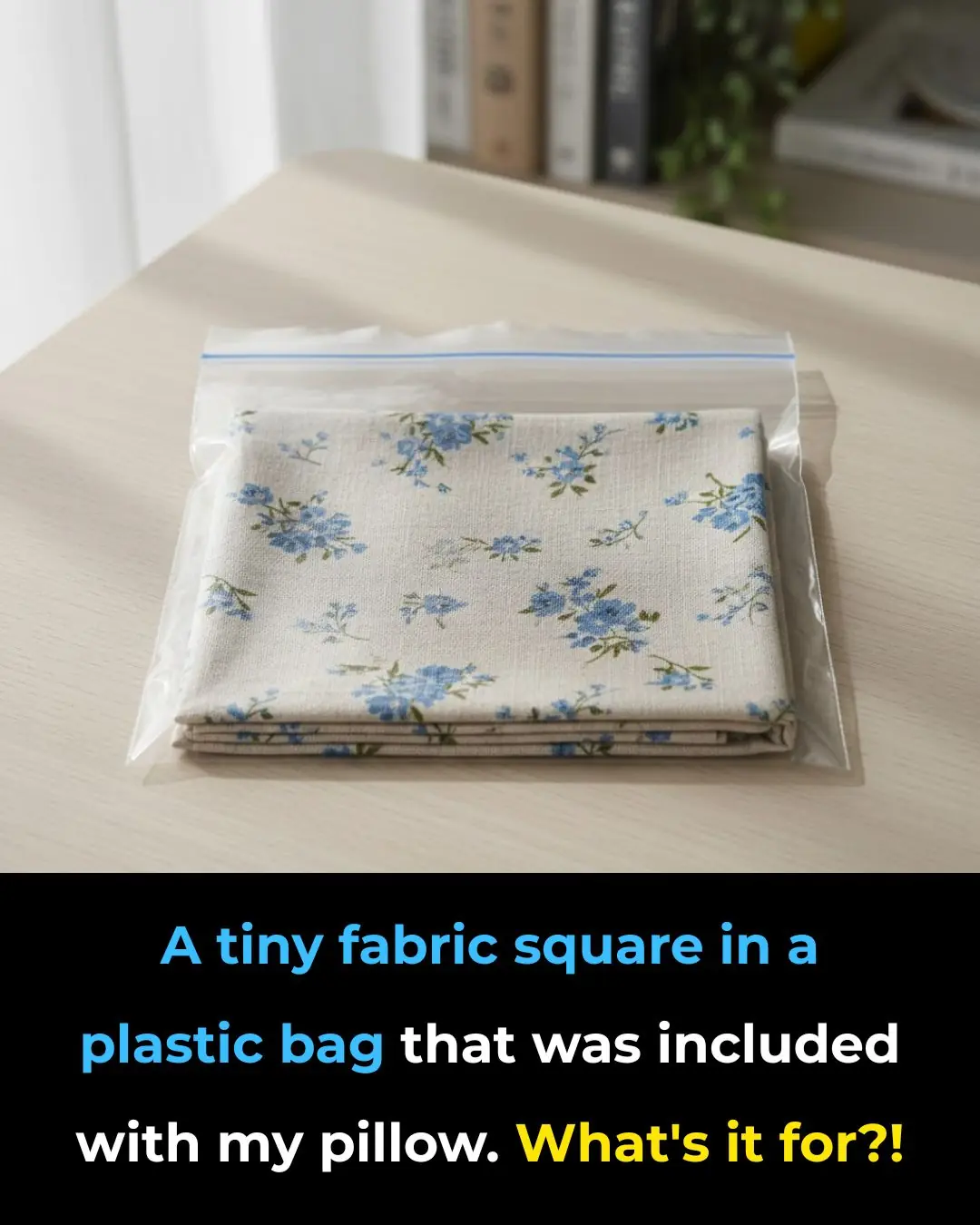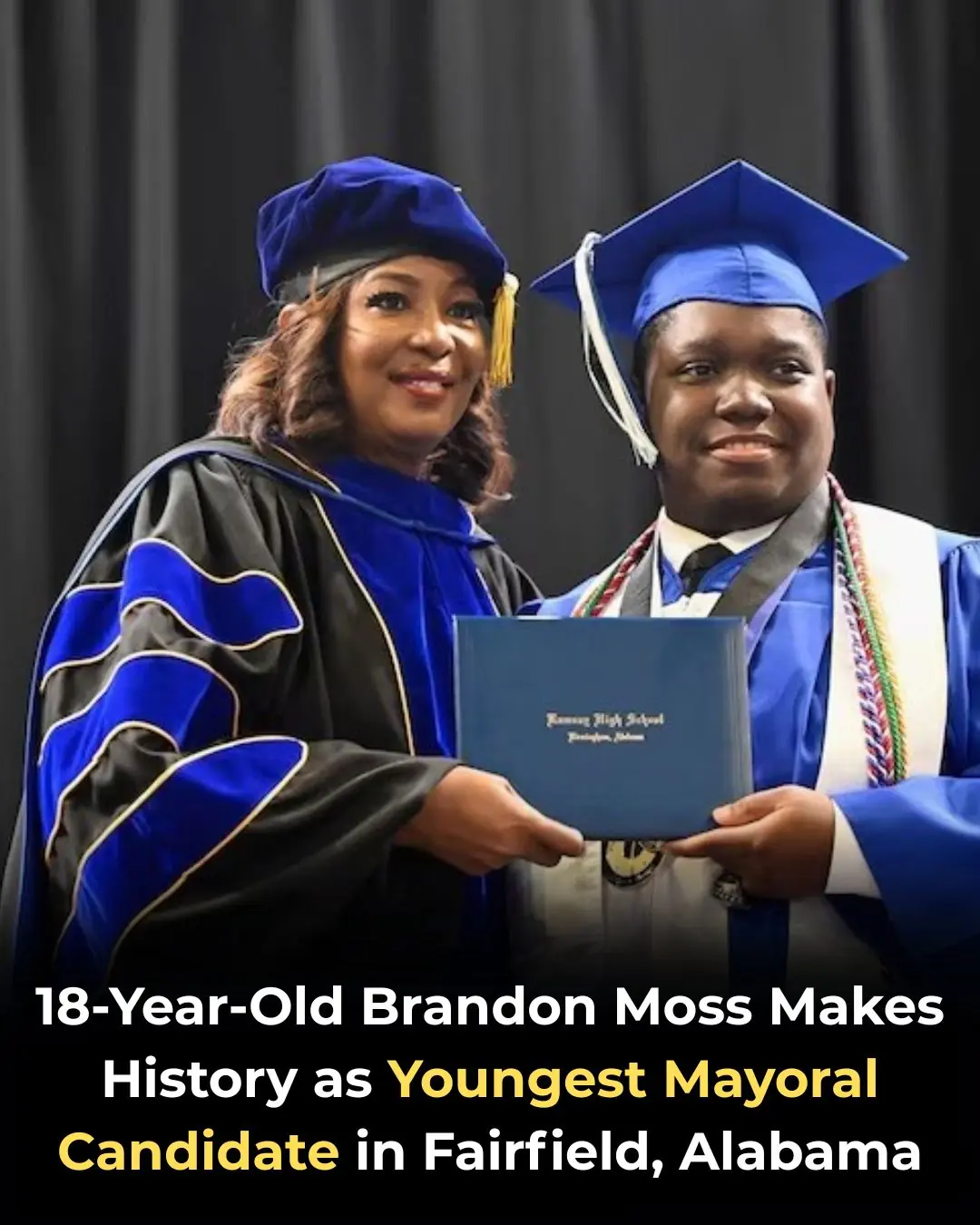
The Fern That Grows Rare-Earth Minerals: A Breakthrough in Green Mining

In a remarkable scientific breakthrough, researchers in China have uncovered a living fern species that is able to naturally form rare-earth mineral crystals inside its own tissues, something that until now was believed to occur only under the extreme pressures and temperatures deep within the Earth’s crust. Phys.org+2english.cas.cn+2
The Fern and its Astonishing Capability
The plant in question is the fern Blechnum orientale, already known to science as a “hyperaccumulator” — a plant that grows in soils with unusually high concentrations of metals and accumulates them in its tissues. New Atlas+1 What the researchers discovered, however, is much more astonishing: the fern doesn’t just absorb the rare-earth elements (REEs) from the soil, it transforms them within its tissues into nanoscale crystals of the mineral Monazite, one of the world’s key rare-earth mineral forms. ACS Publications+2english.cas.cn+2
Monazite normally forms over millions of years under high-temperature and high-pressure geological conditions. The fact that Blechnum orientale can produce monazite-like crystals at ambient temperature and pressure, on a forest floor, is nothing short of a paradigm shift in our understanding of mineral formation in nature. Newsweek+1
Why This Discovery Matters
Rare-earth elements (REEs) — a group of 17 metallic elements — are integral to modern technology: they are used in smartphones, electric vehicle motors, wind turbines, satellites, lasers, and defence systems. Phys.org+1 However, extracting REEs is notoriously destructive to the environment: traditional mining generates toxic waste, causes large-scale land disruption, and frequently yields radioactive by-products when minerals like monazite carry uranium or thorium. english.cas.cn+1
This fern-based finding suggests a possible game-changer: a form of “phytomining” — using plants to harvest valuable metals — that could lead to a cleaner, more sustainable way of obtaining REEs. The researchers propose that Blechnum orientale’s biomineralisation process could allow us to:
-
Recover REEs from soils (including from mining waste or contaminated land)
-
Remediate or reclaim areas degraded by traditional mining
-
Develop new “green” systems of mineral farming rather than destructive open-pit operations
-
Ultimately reduce the world’s reliance on heavy, polluting mining operations for critical technology metals
In short: the future of sustainable high-tech manufacturing may begin with a fern. New Atlas+1
The Road Ahead — But With Caution
Despite the excitement, the scientists emphasise that this discovery is still in its infancy. The quantities of minerals produced by the fern are currently very small, and many challenges remain before this can be scaled to industrial level. Discovery Alert+1 Among the issues:
-
Even if the fern is highly efficient, to replace conventional mining would require mass cultivation, suitable soil and environmental conditions, and harvesting/processing systems.
-
Extraction of the rare-earth elements still requires downstream steps (separation, purification, reduction to metals). Biomineralisation does not necessarily eliminate all processing. english.cas.cn
-
Further research is needed to understand exactly how the fern converts elements into crystalline monazite within its tissues — what triggers crystallisation, how efficient it is, whether other plant species could do the same or better.
Nevertheless, this is the first time that a living plant has been shown to form rare-earth mineral crystals inside its tissues — a historic moment that expands the boundary between biology and geology. Phys.org
Green Mining’s Future: Growing the Minerals That Power Our World
If researchers can crack the mechanisms behind this fern’s mineral-making talent, we could be looking at a future where we grow the minerals that power our modern society — instead of digging them out of the ground in ecologically destructive ways. Cultivating hyperaccumulator plants like Blechnum orientale in appropriate environments might one day become part of the global supply chain for rare-earth elements, offering an environmentally friendly alternative to open-pit mines and radioactive tailings ponds.
We may still be years or even decades away from large-scale implementation, but this discovery opens a completely new pathway — one rooted in biology, not blasting and drilling — for meeting the world’s demand for advanced-technology metals while preserving ecosystem health.
References
He, Liuqing et al., “Discovery and Implications of a Nanoscale Rare Earth Mineral in a Hyperaccumulator Plant,” Environmental Science & Technology, 2025. ACS Publications+1
“Chinese Scientists Discover Rare-Earth Biomineralization in Ferns, Boosting Prospects for Sustainable Supply,” Chinese Academy of Sciences, Nov 7 2025. english.cas.cn
Arnold, Paul, “Chinese team finds a fern that makes rare earth elements,” Phys.org, Nov 13 2025. Phys.org
Ghoshal, Abhimanyu, “Common fern found gathering rare earth metals out of the ground,” New Atlas, Nov 24 2025. New Atlas
News in the same category


I had no idea

Works like a charm

Educational Summer Camp ‘HBCYouth’ Is Bringing the Next Generation to HBCU Campuses

Senator Cory Booker to Release New Book ‘Stand’ Expanding on Historic 25-Hour Senate Speech

18-Year-Old Brandon Moss Makes History as Youngest Mayoral Candidate in Fairfield, Alabama

Georgia Teen Accepted to 53 Colleges With $1.8M in Scholarships, Inspired by Her Parents’ Legacy

‘Please Keep This’: Serena Williams’ Curve-Hugging Dress In New Photos Has Fans Saying She’s Entered Her ‘Bad Girl’ Era

‘Will They Affect the Flips?’: Simone Biles’ Hourglass Shape in New Video Has Fans Zooming In as They Patiently Await Her Olympic Return

106 & Park to Celebrate 25 Years With an Epic Reunion at the 2025 BET Awards

Sly Stone, Funk Pioneer of ‘Sly &The Family Stone,’ Has Joined the Ancestors

Debbie Allen To Receive Honorary Oscar at This Year’s Governors Awards

NFL Legend Walter Payton Posthumously Honored With Golden Diploma From Jackson State University

Tristan Mack Wilds and Greg Cally Announce Michael K. Williams Creative Fellowship to Honor the Late Actor’s Legacy

9 Black Sibling Groups That Redefined Soul Music

💰 I'm A Celebrity Latecomer Salaries: Vogue Williams and Tom Read Wilson

💍 Jonathan Howard's Personal Life

🎬 Davood Ghadami Looks Unrecognizable in Biblical Prime Video Drama

💰 From Humble Beginnings to Millionaire: Angry Ginge's Net Worth and Earnings

🏝️ Helen Flanagan Joins Celebrity Ex On The Beach for TV Comeback
News Post

Large Navel Oranges vs Small Navel Oranges

🩺 Be Aware: If You Notice This Skin Change, It Could Be Skin Cancer — Here’s What to Look For

Gastroenterologist says this is the #1 drink for gut health

What your body does when you drink coffee every day

The 5 best supplements to soothe nerve pain and tingling

Doctor says this is the #1 supplement to take if you have arthritis

Good to know!

I had no idea

Works like a charm

Stop blood sugar spikes—enjoy carbs without the crash!

Gastroenterologist says this is the #1 drink for gut health

6 Types of Warts (Signs, Symptoms, Home Remedies, and Treatment)

Educational Summer Camp ‘HBCYouth’ Is Bringing the Next Generation to HBCU Campuses

Senator Cory Booker to Release New Book ‘Stand’ Expanding on Historic 25-Hour Senate Speech

18-Year-Old Brandon Moss Makes History as Youngest Mayoral Candidate in Fairfield, Alabama

Many experts warn that this food may increase health dangers — stop eating it now!

Gentle Stretches to Relieve Sciatica Pain

Think Twice Before Putting Parchment Paper in the Oven

Georgia Teen Accepted to 53 Colleges With $1.8M in Scholarships, Inspired by Her Parents’ Legacy
